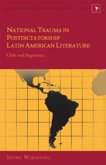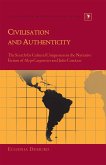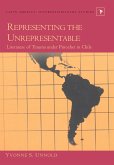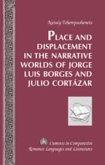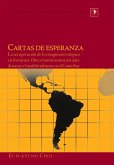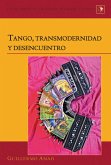Borges 2.0: From Text to Virtual Worlds analyzes Jorge Luis Borges's «The Library of Babel», «The Garden of Forking Paths», and «The Intruder» from a tripartite perspective that encompasses literature, science, and technology. This book underscores developments in chaos theory during the 1980s and their intricate connections with Borges's works and the digital world. Without losing sight of this critical framework, this study also takes into account Deleuze and Guattari's rhizome theory and Umberto Eco's theory on labyrinths. Borges 2.0 is unique in its analysis of how Borgesian texts relate to science and technology at the same time that science and the virtual world illuminate Borges's texts to provide a new reading of his work.
«'Borges 2.0' is a perceptive and erudite study of the developing interface between, on the one hand, fiction, narrative, and literary tradition, and, on the other hand, the newer world of networked discourse and interactive stimulations. The book serves equally well on both sides of the increasingly porous border, and lives up to the intelligence and vision of its namesake.» (Stuart Moulthrop, Professor, School of Information Arts and Technologies, University of Baltimore)


